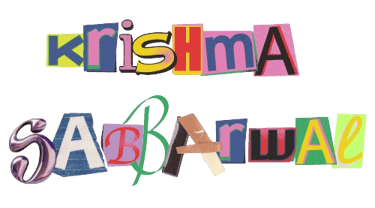
sustainability

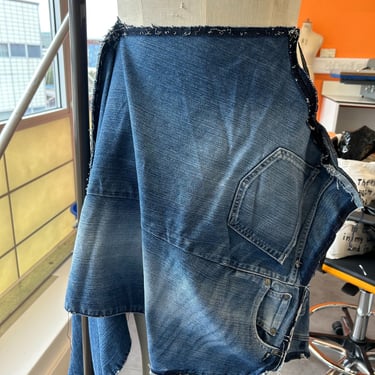

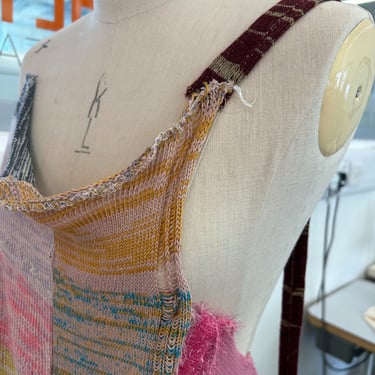
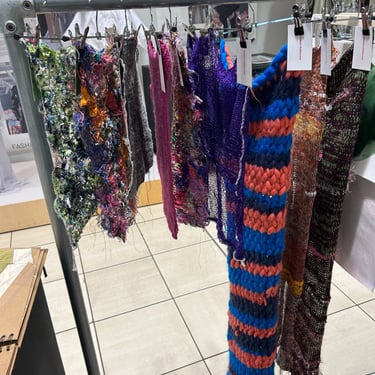
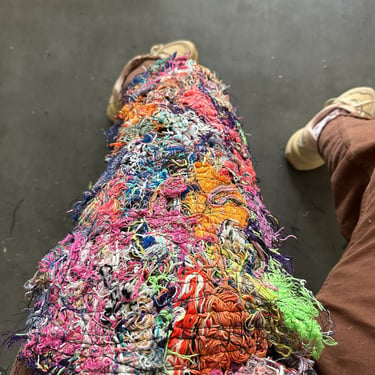
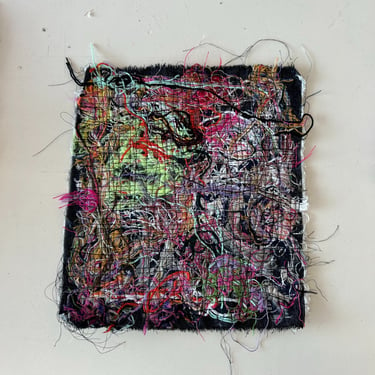




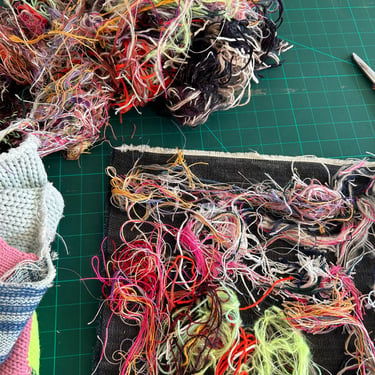
Brand Background
Krishma Sabbarwal is a slow sustainable fashion brand that fuses playfulness, nostalgia, and crafts[wo]manship. Each garment is designed and created using sustainable and slow fashion principles. At its core, slow fashion shapes every collection. Majority of the pieces are made from textile waste, breathing new life into discarded materials, extending the product lifecycle and adding value back into the textiles. It’s a way to honour the time, energy, and resources, along with all the hands that originally created these textile fibres. This isn’t secondhand; it’s "third" or even "fourth hand". A smarter choice to reduce the fashion industry’s carbon footprint, the brand embraces sustainability without compromising on fun or style.
Each collection is designed to tell a story, inspired by political, social, environmental issues and the world we find ourselves in. Each garment and product is designed to represent culture, make statements, be conversation starters, and reflect Krishma’s personality and sense of humour. Krishma Sabbarwal offers socially aware consumers a way to express themselves while making a difference and supporting a small woman owned South Asian British business.
Slow fashion
Since its inception, slow fashion has been key to Krishma Sabbarwal's brand ethos. The design method focuses on obtaining textile waste and clothes, which are then upcycled and reconstructed into new, wearable pieces. By repurposing existing materials, the brand extends its product lifecycle and helps to promote slow fashion principles. This reduces waste, promotes thoughtful consumption and avoids adding to landfills.
Sourcing materials usP
Textile waste is generated from garment manufacturing byproducts, textiles, yarns, or fibres that are no longer useful for their original function. It is a multifaceted category that covers both pre- and post-consumer waste.
Pre-consumer textile waste is primarily produced during manufacturing and remains unused before reaching consumers. This category consists of cut-and-sew waste, which are textile scraps thrown during garment manufacturing due to their uneven shapes, and end-of-rolls, which are excess textiles left over from factory production. On the other hand, post-consumer textile waste refers to waste gathered after consumer usage and disposal. This includes secondhand clothing and textile waste, formerly owned and discarded goods, unused or lightly used clothing, and non-clothing textiles such as curtains, blankets and bedding.
Textiles made from waste are a market that is expanding due to textile recycling or innovative methods that use byproducts from other industries. This emergence offers a compelling alternative to virgin materials and contributes to circular economy initiatives. Sourcing at Krishma Sabbarwal is a meticulous process that demands significant time and attention. The brand prioritises sustainable practices by sourcing discarded secondhand clothing, textiles crafted from waste materials, and upcycling textiles, including cut-and-sew waste, to create new and innovative garments.
Sourcing at Krishma Sabbarwal is a thorough process that requires careful attention. The brand emphasises sustainability by sourcing discarded secondhand clothing, textiles made from waste, and upcycling materials, including cut-and-sew waste, to create innovative garments.
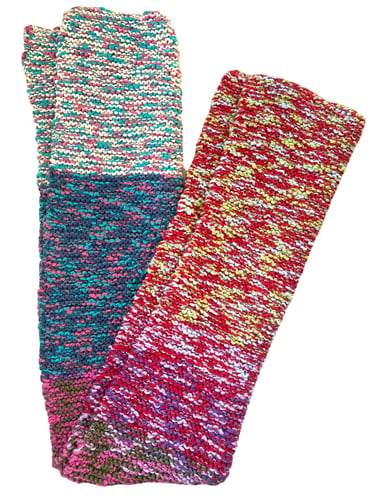
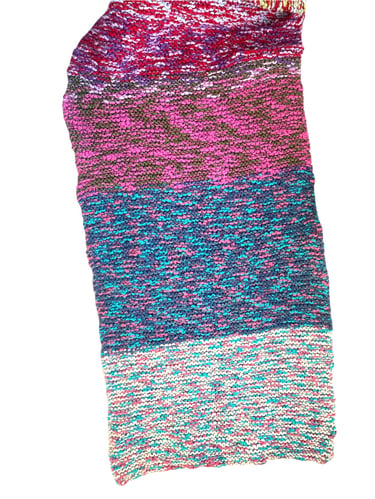


Knitwear made from yarns donated by the Wool and the Gang buying office.


